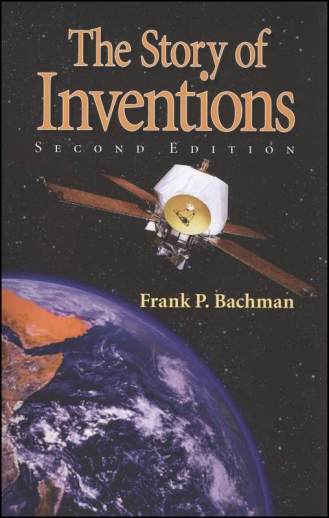We use cookies to make your experience better. To comply with the new e-Privacy directive, we need to ask for your consent to set the cookies. Learn more.
Story of Inventions 2ed
The Story of Inventions presents major inventions from the past 400 years that have had an impact on the growth of our modern industrialized world. Written in an easy-to-read format, these true-life stories will reveal not only how the inventions came to be, but also the history behind their inventors and the character traits that contributed to their success.
The text is divided into four sections: Power, Manufacturing & Production, Communications, and Transportation. Inventions range from the sewing machine, cotton gin, radio, television, submarine, computer, and more; inventors include Edison, Fermi, Ford, Gutenberg, Morse, Tesla, Fulton, and others. Comprehension questions are included at the end of each chapter.
Materials that cover scientific developments through history, famous scientists, inventors and inventions.
How is daily life today different than it was 50, 100, or 500 years ago? Much of the difference centers around inventions that have enabled each one of us to do more, for less cost, than our ancestors would have dreamed possible. The Story of Inventions tells how we got from there to here. Covering both inventor and invention, this book describes the importance of major innovations that we now take for granted. Learn about the invention of steam and electric engines, steel, reaper, cotton gin, sewing machine, printing press, telegraph and telephone, television, computer and submarine. Captivating reading for any aspiring engineer. Revised, 2nd edition.
| Product Format: | Softcover Book |
|---|---|
| Brand: | Christian Liberty Press |
| Author: | Michael J. McHugh |
| Grade: | 6 |
| ISBN: | 9781932971200 |
| Length in Inches: | 8.5 |
| Width in Inches: | 5.5 |
| Height in Inches: | 0.5 |
| Weight in Pounds: | 0.75 |

